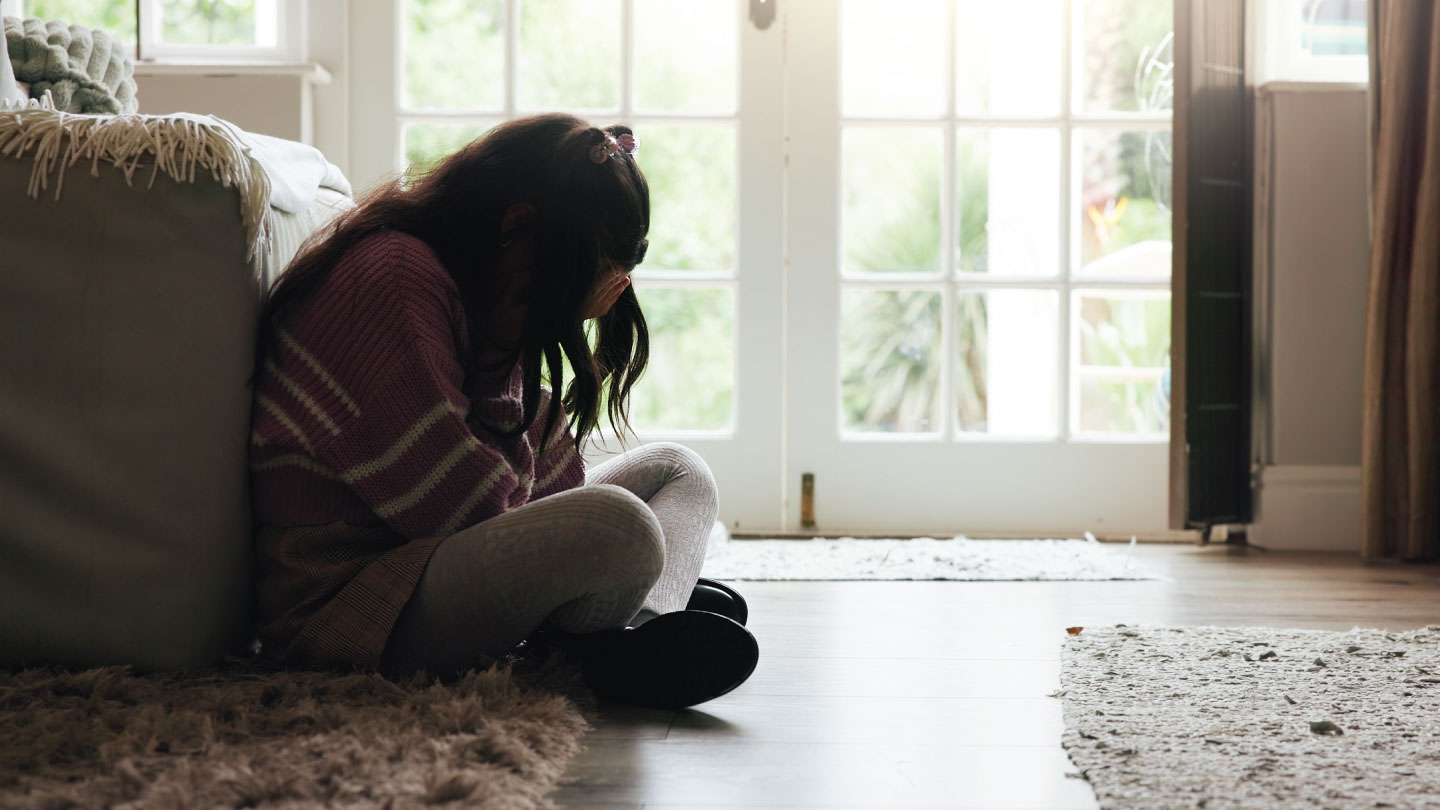Mental Health
Fear of Intimacy? This Attachment Style Might Be to Blame
Do you find it hard to emotionally connect with or fully depend on your partner? Read to find out about the avoidant attachment style that might be affecting your relationship

As adults, most of us wish to build healthy, strong relationships. This happens through emotional intimacy: we feel most connected to others when we are able to share our thoughts and feelings openly. When we feel heard and appreciated, it leads us to be able to rely on others, which forms meaningful relationships. But if you struggle with emotional intimacy and vulnerability in a relationship, it might be because of an insecure attachment style.
The Attachment Theory was developed by John Bowlby and expanded later by Mary Ainsworth, with the basic idea that attachment, which is a learned psychological behaviour, forms when the needs of a person are responded to by another person who is constantly available. It develops a sense of security, which is very much visible as a form of emotional bond between parents and their children. Bowlby further explained that attachment styles affect how people think, feel, and behave in close relationships “from the cradle to the grave”. This is the underlying factor on which adult attachment styles are formed.
Attachment styles are formed during the beginning of childhood through attachment transactions (a continuing process of seeking and maintaining a certain level of proximity to another specified individual, Bowlby, 1969) between a child and parent. It stays with a person, once established, and affects his/her future adult relationships.
There are two broad types of attachment styles: secure and insecure. If you have a secure attachment style, you will be comfortable with intimacy and open communication, and find it easier to maintain your own sense of self within a relationship. Insecure attachment styles include the anxious and the avoidant types. Anxiously attached people usually crave emotional intimacy, and can become unhealthily fixated on their relationship or the partner, which can make them come off as overly clingy. Avoidant people, on the other hand, tend to be wary of closeness, and prefer being distant and aloof in their relationships.
Certain experiences like early separation from a parent, an emotionally troubled childhood, physical or sexual abuse during childhood, mistreatment or neglect during childhood, can result in people developing insecure attachment styles.
The Avoidant Attachment Style
A person with an avoidant attachment style finds it difficult to develop as well as tolerate emotional intimacy. They consider emotional closeness in a relationship as over-dependency, and tend to withdraw. If you identify with these behavioural patterns or see them in your partner, it might indicate an avoidant style.
- They have a strong feeling of freedom so they tend to disregard their partner’s emotional needs and feelings, and may engage in other relationships.
- They prefer partners who are equally emotionally independent so as to keep them at a distance.
- They are more prone to have casual relationships than a long term intimate one.
- They tend to have limited communication with their partners.
- They prefer flying beneath the radar in a romantic relationship.
- They tend to focus more on the negative aspects of their relationship or partner.
How to Build Healthy Relationships with An Avoidant Partner
When properly motivated and with their partner’s help, a person with avoidant attachment style can become open to greater intimacy, communication and closeness in a relationship successfully. Things to practise and remember are:
- If your partner has an avoidant attachment style, give them their space and don’t make them feel insecure
- Have a mature outlook about the relationship and don’t become emotionally weak when your partner seems distant.
- Approach your avoidant partner by telling what you want rather than complaining about what you don’t want. Complaining will make them more distant.
- Show trust in them by reinforcing their positive actions and by understanding them. Hear out their feelings and issues and try to be compassionate.
- Let them depend on you by being more reliable.
- Respect your differences when it comes to relationship goals, qualities and expectations.
- Be flexible while playing your role in the relationship. Give plenty of space to your partner, along with the opportunity for him/her to become close.
- If you feel abandoned in the relationship, it does not mean that your avoidant partner doesn’t love you. It is in the nature of avoidant people to not be very expressive about their love. Pursue your interests and activities which help you to soothe yourself during such times.
- Set realistic goals for your relationship and be honest with yourself regarding your needs from your partner, and maintain healthy boundaries.
- Both the partners must learn to adjust with each other for the relationship to work. Work together to overcome challenges in the relationship.
Dr. Shreya Chakravarty is a psychologist at Apollo Hospital, Jubilee Hills, Hyderabad, with almost ten years of experience.
EXPLORE MORE
AI saves time, but it’s quietly draining our attention and our ability to think critically. Here’s how to regain focus without unplugging from modern life.
Every child worries as they grow up. But when anxiety starts shaping their behaviour, body, and confidence, parents need to pause and look closer. A psychologist explains how to spot the difference early.
Unloading your frustration can feel cathartic, but repeated venting may do more harm than good when it comes to emotional regulation.
Here’s a simple guide to different therapy styles and how to choose the one that fits your mind, mood, and moment.






.jpg)

.jpg)

